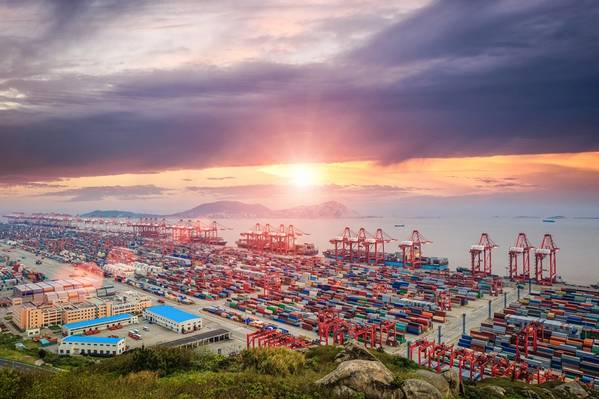Top 10 Container Ports by Volume
By Eric Haun
March 6, 2017

Shanghai is the world's busiest container port (© chungking / Adobe Stock)
It comes as no surprise that the world’s top 10 container ports by TEU volume are all located in Asian countries. Seven of those top ports are Chinese, with Shanghai leading the way with 36.54 million TEU in 2015, according to data compiled by the World Shipping Council.
Rank – Port: 2015 Volume (Million TEU)
- Shanghai, China: 36.54
- Singapore: 30.92
- Shenzhen, China: 24.2
- Ningbo-Zhoushan, China: 20.63
- Hong Kong, S.A.R., China: 20.07
- Busan, South Korea: 19.45
- Qingdao, China: 17.47
- Guangzhou Harbor, China: 17.22
- Jebel Ali, Dubai, United Arab Emirates: 15.6
- Tianjin, China: 14.11
At number 11 globally, Rotterdam (12.23 million TEU) just missing cracking into the top 10 but ranks as the top European port.
Los Angeles (8.16 million TEU) is the top container port in the Americas, and 19th in the world.
World Shipping Council’s list of the top 50 container ports by volume can be found
here.




